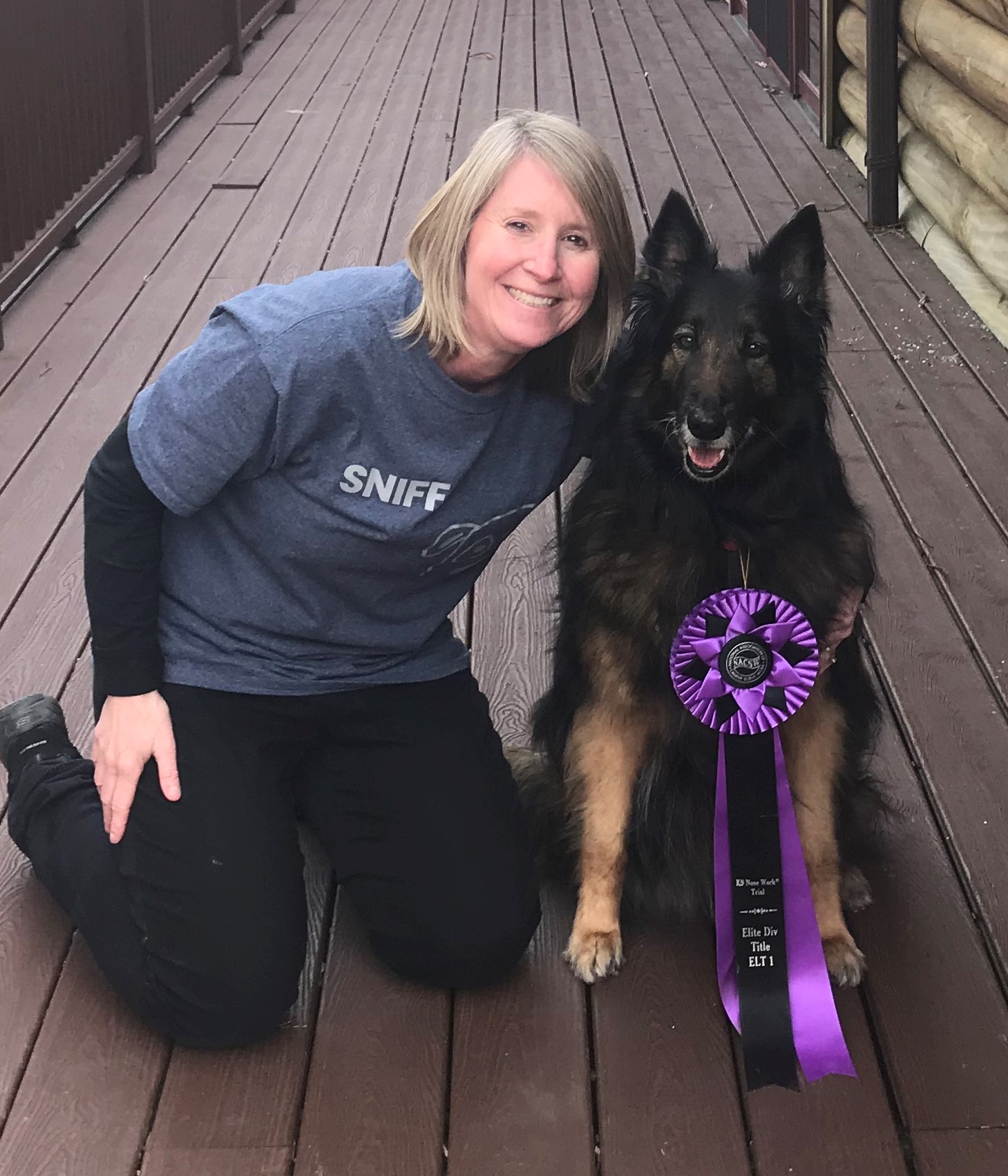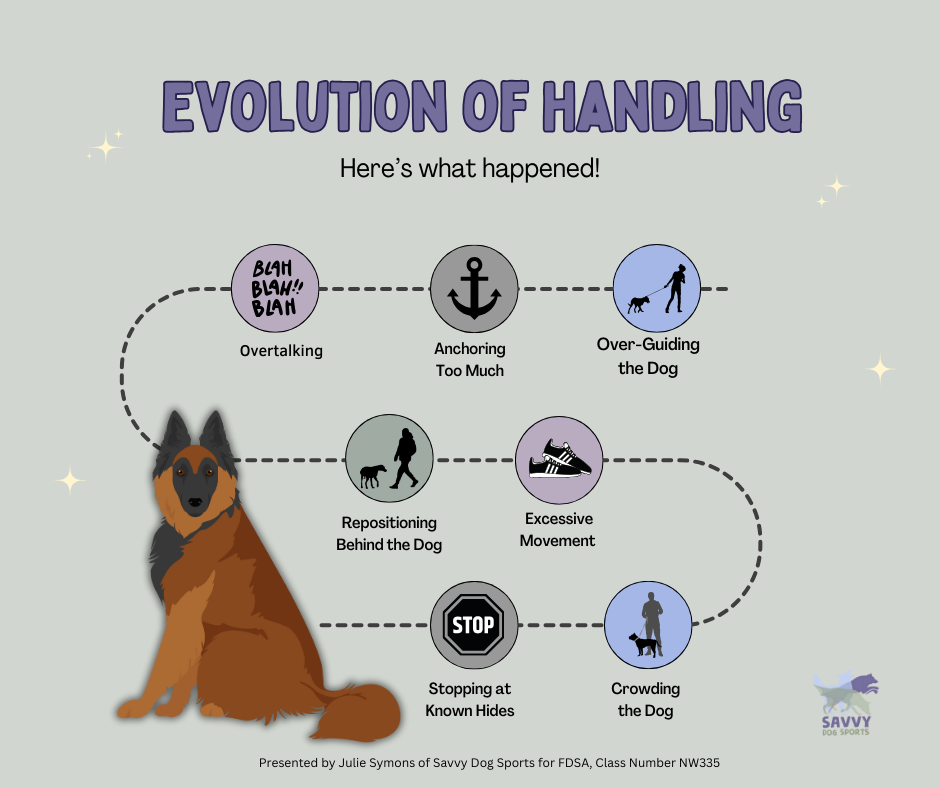Course Details
In this class, handlers will learn to assess and enhance their handling skills within the context of nosework. Designed for all skill levels, this course offers a supportive environment where participants can evaluate their current handling techniques and pinpoint areas for improvement.
Throughout the course, we will address common handling practices and how they can influence your dog's performance. Participants will gain valuable insights into effective handling strategies, refining their approach to both training and trialing. Additionally, we’ll explore the handler’s role, a key aspect in nosework that can lead to different perspectives among enthusiasts.
Key topics include:
- Analyzing your current handling techniques
- Identifying areas for modification or improvement
- Developing a handling routine to enhance performance
- Implementing effective communication with your dog during a search
By the end of the class, participants will have a clearer understanding of their handling style and the tools needed to reach peak performance in nosework. Join us to elevate your skills and unlock the full potential of your nosework partnership—because in the end, your techniques and approaches should make sense for both you and your dog.
Teaching Approach:
Lectures will be released at the start of each week so you can plan your week ahead. The lectures are designed to help a student understand the purpose of the exercise and how it might vary by team. Lectures with exercises will include a written portion, example videos, and homework. Any video lectures that include verbal information/instructions are accompanied with written steps. This class will involve some self-assessment and self-reflections on how your dog is responding to your handling. Gold students will have 6 minutes of video time each week. This class will work best for students who learn by reading text lectures, watching videos and who like having structured lesson plans.
This class will have a Teacher's Assistant (TA) available in the Facebook study group to help the Bronze and Silver students! Directions for joining that Facebook group will be in the classroom after you register.
 Instructor: Julie Symons
Instructor: Julie SymonsJulie Symons (she/her) has been involved in dog sports for over 30 years. Starting with her mix, Dreyfus, in flyball, she went on to train and compete in conformation, agility, obedience, herding and tracking with her first Belgian tervuren, Rival. Rival was the first CH OTCH MACH Belgian...(Click here for full bio and to view Julie's upcoming courses)



